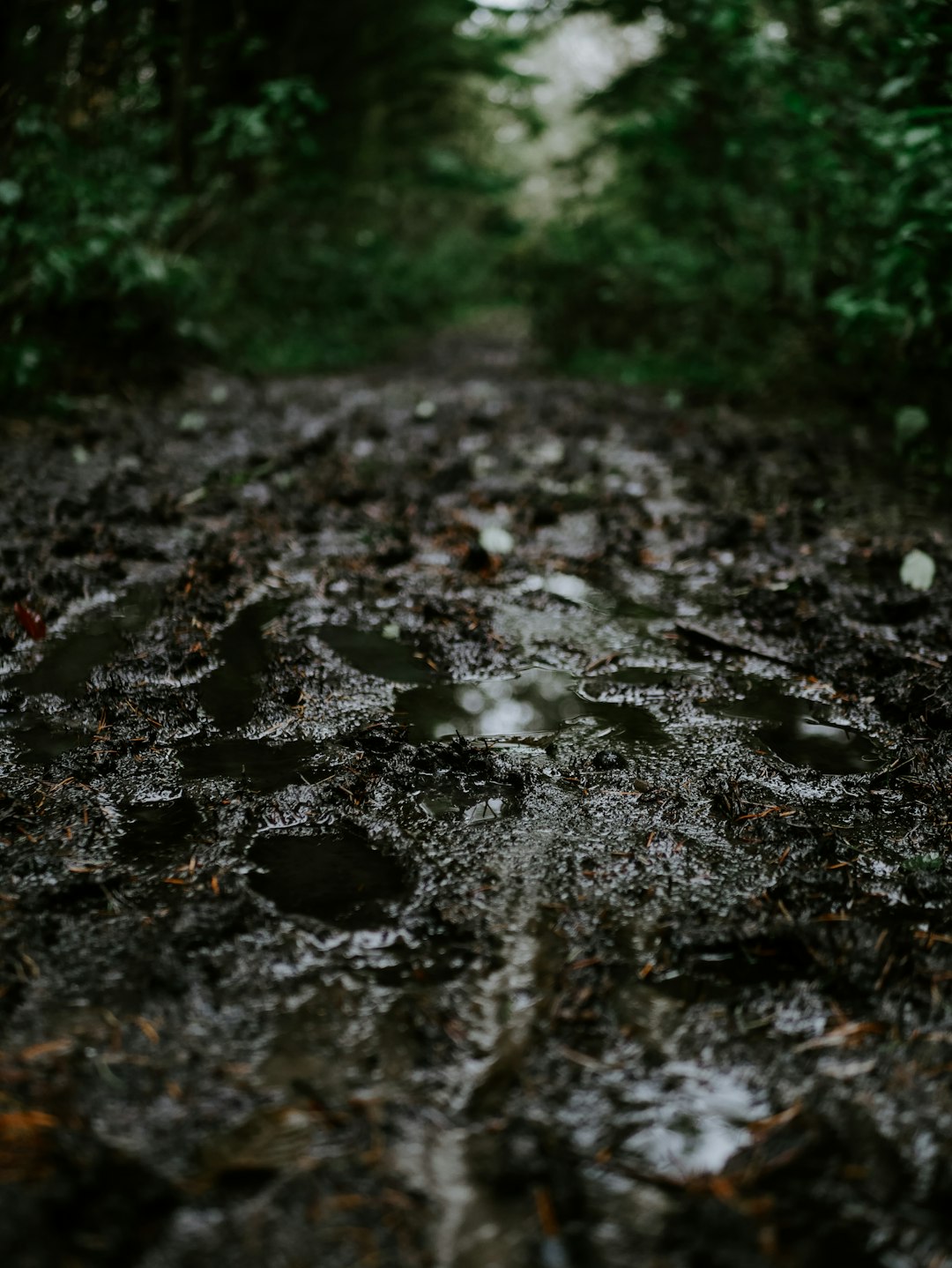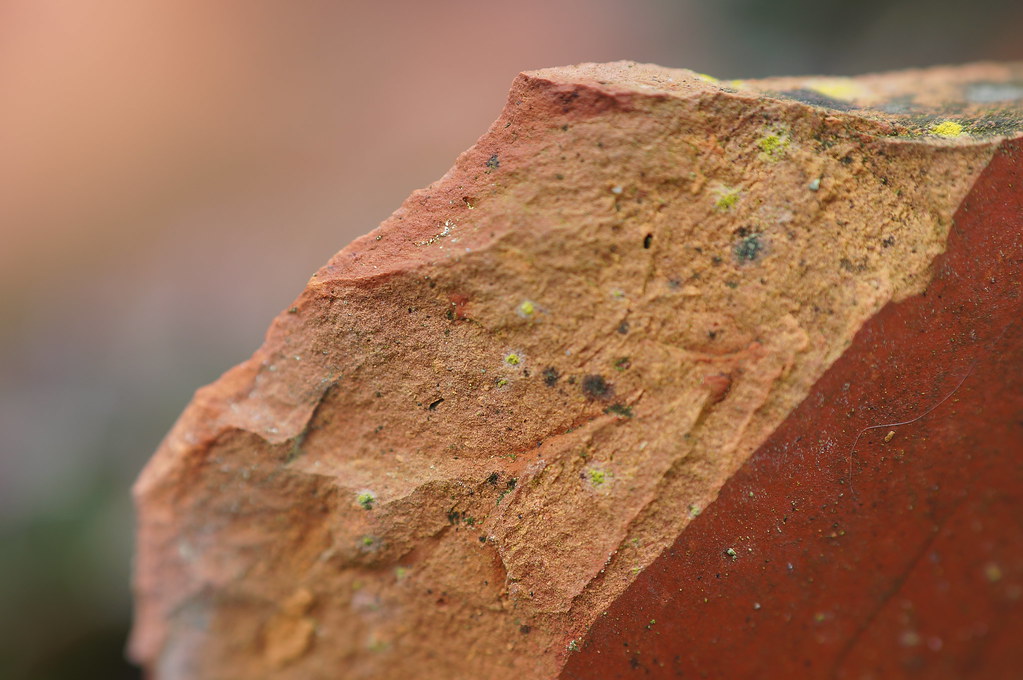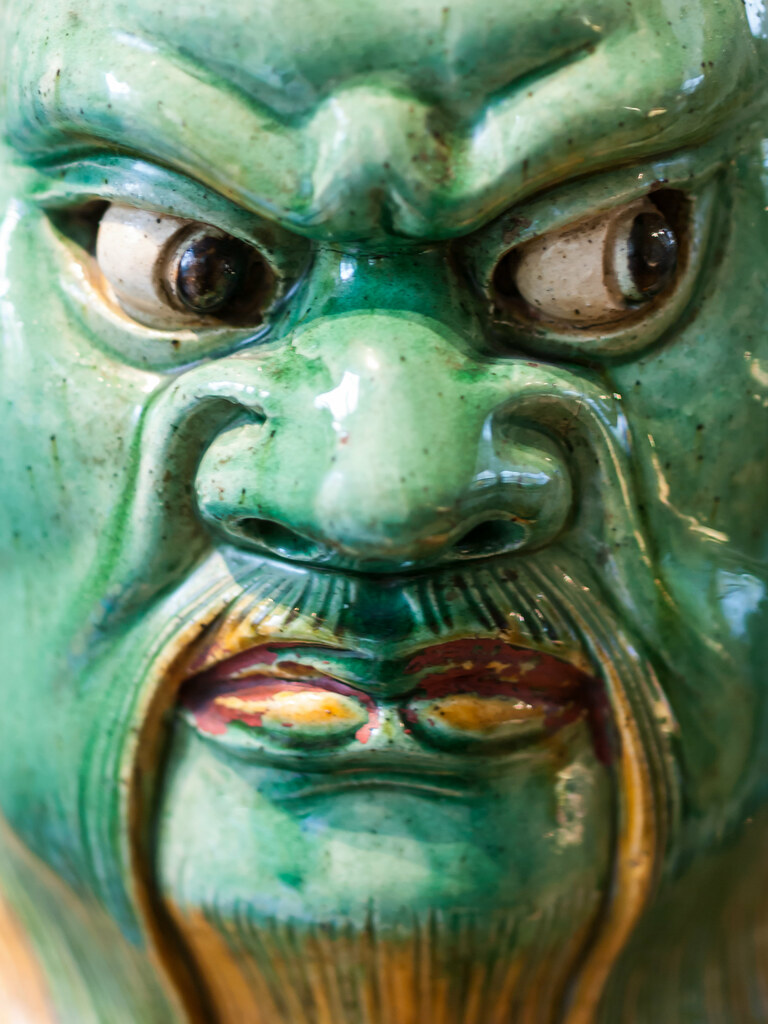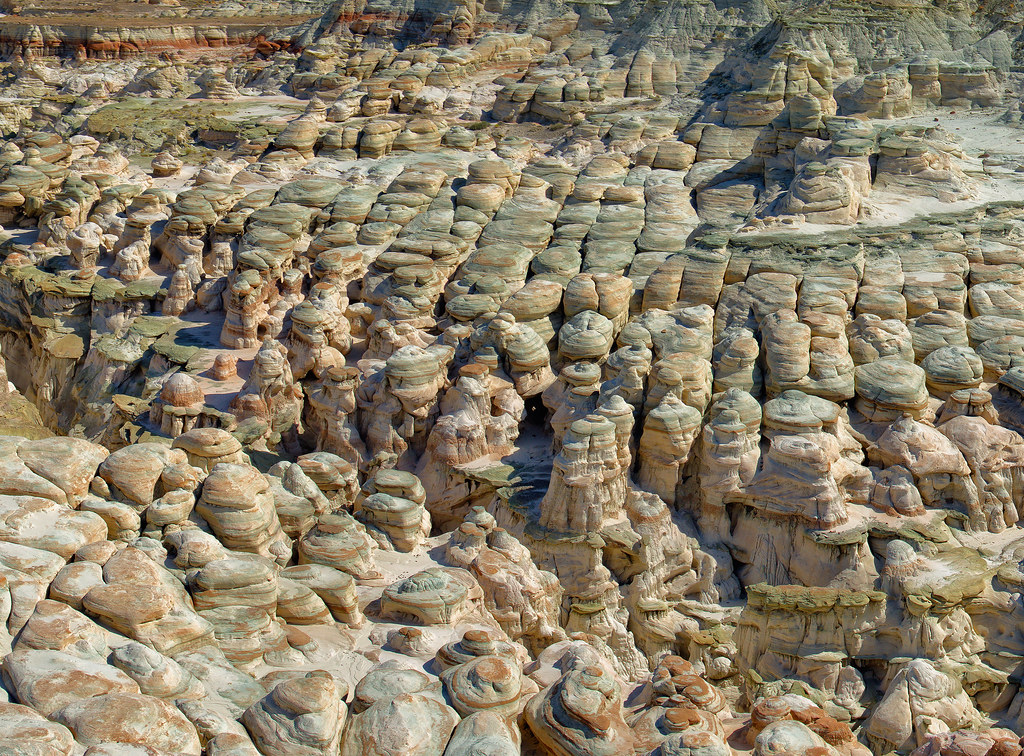Exploring the world of pottery often begins with understanding the three types of clay that are foundational to the craft: earthenware, stoneware, and porcelain. Each type offers unique properties, making them suitable for different techniques and purposes. Whether you’re a beginner eager to create your first piece or an experienced potter refining your craft, knowing the distinctions between these clays is crucial in achieving your desired results.

| Type of Clay | Characteristics | Uses |
|---|---|---|
| Earthenware | Fires at low temperatures, often red or orange in color, porous unless glazed | Suitable for functional and decorative pottery, such as flower pots and plates |
| Stoneware | Fires at medium to high temperatures, more durable, non-porous | Ideal for dinnerware and cookware, known for its strength and chip resistance |
| Porcelain | Fires at very high temperatures, white and translucent, high plasticity | Used for fine china, intricate sculptures, and detailed work |
Earthenware: The Ancient Craft

Earthenware, with its characteristic earthy tones of red and orange, is often the starting point for many potters. It’s like the warm, inviting embrace of an old friend—easy to work with yet filled with potential challenges and rewards. This clay type is known for its low firing temperature, making it accessible to beginners or those without specialized kilns. Despite its porous nature, this can be effectively addressed with glazing, enabling earthenware to hold water or serve food. Such qualities lend it beautifully to creating pieces like flower pots, plates, and decorative sculptures. But remember, while it might seem straightforward, controlling the glaze and firing process can significantly affect the final product’s color and texture. As you explore earthenware, let its versatility inspire creative designs.

For those interested in exploring various pottery projects, especially those that are smaller in scale, check out some unique pottery ideas that can complement your journey with clay.
Stoneware: A Balance of Strength and Beauty

Stoneware sits at the intersection of durability and aesthetic appeal. It fires at medium to high temperatures, creating a non-porous surface that is highly valued for its strength and chip resistance. These features make stoneware the go-to clay for crafting everything from sturdy dinnerware to reliable bakeware. This clay’s natural tones often range from light to dark brown, offering a classic yet rustic look that feels at home in both modern and traditional settings. Working with stoneware allows potters to experiment with a wide range of glazes, adding either a subtle elegance or a vibrant splash of color to their creations. When crafting with stoneware, consider how its robust nature can enhance both functional items and artistic endeavors.
- Explore different glaze combinations to discover unique finishes.
- Test various firing temperatures to understand how they impact the clay’s durability.
- Embrace the natural hues of stoneware to complement various design styles.
For those looking to expand their skills, learning easy hand-building techniques can be highly beneficial. Gain insights into these methods with this ultimate guide to hand-building pottery ideas.
Porcelain: The Pinnacle of Elegance

Porcelain is often considered the high art of the pottery world due to its pure white color, translucent quality, and incredible smoothness after firing. It requires higher firing temperatures, but the results are often worth the effort—producing pieces with a serene, refined beauty. Due to its high plasticity, porcelain offers artists the ability to craft intricate and detailed work, making it a favorite for fine china and delicate sculptures. Sculpting with porcelain demands patience and precision, as its strengths can also be its challenges. Its sensitivity to minute changes in temperature or handling requires an experienced hand to coax out the best results.
To dive deeper into the pros and cons of this refined material, discover more about the characteristics of clay versus porcelain in this detailed comparison.
When creating with porcelain, embrace the challenge. Its high-firing demands teach patience, and its exquisite results bring immense satisfaction. As you delve into the world of porcelain, reflect on how its refined characteristics can enhance your pottery projects.
How has your personal experience with these types of clay shaped your journey in pottery? Share your stories and insights in the comments below! And don’t forget to keep up with our recent articles and content on pottery and more.
Learn More About the Three Types of Clay
To further your understanding of the different types of clay, watch Christal Motter’s video where she discusses the pros and cons of ceramic, plastalina, and polymer clays.
What Are the Three Main Types of Pottery?
Potters have used clay for generations to craft both functional and decorative ceramic pieces. They shape the clay, allow it to dry, and then fire it in a kiln to achieve a strong, finished product. The three major pottery categories are earthenware, stoneware, and porcelain. Each type differs in texture, firing temperature, and durability, allowing artists and ceramic enthusiasts to choose the best fit for their style and purpose.
What Are Three of the Most Common Clay Minerals?
Three widespread clay minerals found worldwide are kaolinite, montmorillonite, and illite. These minerals play a key role in various industries, from pottery and ceramics to building materials, thanks to their distinct chemical makeup and workability.
What Are the Three Types of Modeling Clay?
When it comes to sculpting or modeling, the three most popular clays are water-based, oil-based, and air-dry clay. Each has its own pros and cons. Water-based clay is pliable and easy to shape but dries quickly, oil-based clay remains soft longer and is ideal for detailed work, and air-dry clay hardens without a kiln, making it convenient for crafters and beginners.
What Are the Three Clay Techniques?
The three fundamental handbuilding techniques for working with clay are pinching, coiling, and slab building. Pinching is perfect for creating small, organic forms, coiling allows you to shape taller or more complex pieces, and slab building involves rolling out flat pieces of clay to construct items like boxes or sculptural forms. By mastering these methods, you can form nearly any shape or design you imagine.
After diving into the fascinating world of earthenware, stoneware, and porcelain, it’s clear that each type of clay brings something unique to the pottery table. Whether you’re a seasoned potter or just starting out, understanding these clays can help you choose the best material for your next creative project.
Stay Connected
I'm always excited to share more tips and inspiration, so be sure to follow us on Instagram to stay updated with the latest in pottery and ceramic arts. Let's continue this creative journey together!
